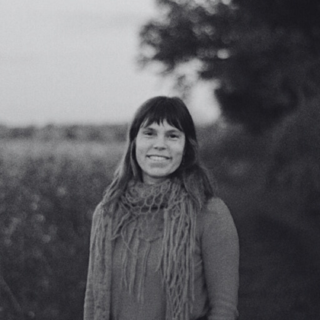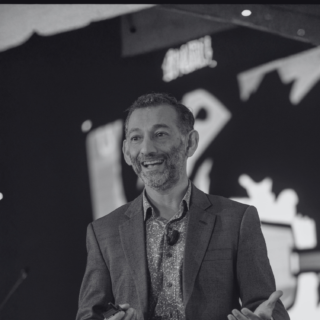Lessons from nature for the 50th Earth Day
22 Apr
As we celebrate the 50th anniversary of Earth Day, we reflect on what course of action might sustain our future. What better guidance could we take than from Nature’s example?
Throughout human history, nature has inspired and informed our minds. Artists and architects look at nature’s designs as guides. Scientists and engineers examine how nature functions to find efficient and effective methods of operating. Outside of Western capitalist culture many people understand very well the importance of ecosystems and how they work. As understanding of this knowledge increases in Western cultures it is inspiring more sustainable approaches to human systems. That there is no waste in nature has motivated the concept of the circular economy.
One very specific process in nature makes a perfect metaphor for what is happening now.
Let’s take a close look at the process of a caterpillar turning into a butterfly, a process that gives us hope and inspiration to not give in to despair during the challenges of the COVID-19 pandemic, but to be part of the solutions to the problems we will still face after it ends.
The caterpillar is known for its hefty appetite! It gorges and gorges, something like the excessive consumer society we have created. At some point it can’t gorge anymore, just like we, the people of the world, have reached a tipping point, and we cannot take anymore from our planet earth.
The caterpillar goes into a cocoon, as we are forced to do right now during this pandemic, to stay at home in isolation. It is a time of reflection, but also chaos, as the systems of the old way of doing things, the caterpillar way, or the over consumption way, break down.
As it breaks down, certain cells latent in the caterpillar, called imaginal cells who hold the vision of the new way of doing things, i.e. the butterfly way, start to be active in the chaos. The old caterpillar cells feel this new way and are threatened, just like the people in our consumer societies who love money, power, and consumption, are straining to maintain their old way of doing things. In fact, they old cells aggressively attack the new imaginal cells. This, for example, is like the hate, intolerance, and vengefulness seen in social media.
But the imaginal cells begin to emit a common frequency to find each other and start to collaborate. They become stronger and stronger, until finally the old way of doing things gives up. The imaginal cells have special purposes. Some are for the legs, some for the eyes, some for the wings, some for colour, etc. With the old way gone, they collaborate to build a new beautiful form, the butterfly. In the same way, out of the chaos of conflict in our society, just when it looks like our systems are breaking down, there emerge many imaginal people with great ideas about new ways of doing things, with more compassion, more inclusivity, and more equality, who then create new institutions and new systems.
At my organization, Reboot the Future, we like to think of that common frequency as being a modern version of what some call the Golden Rule: ‘Treat others and the planet as you would wish to be treated’. This is one simple principle that is truly universal, as it is common to all religions, transcends many political differences, it is historic having been professed by the greatest thinkers for thousands of years, and is the very core of being human, so much so that it is natural for toddlers to understand this inherently. This Golden Rule is most often applied to human relationships, but it is also applicable to the issues of the world.
The biggest example now is that if you want to save yourself from this virus, you must save others as well, and you must save nature’s ecosystems so that wild animals have enough of their own habitats and do not need to encroach on human habitats.
The three broad sectors in society: government, business, and philanthropy, have tended to operate mostly separately. There is increased realisation now, however, that they can no longer function separately, but must work together to solve our big issues. That can be done in partnerships. But there is also a growing sector of organisations that operate inherently across them, which can be called the Fourth Sector. These are led by imaginals who think beyond themselves, in collaboration with others, and whose purposes are to solve the problems we face. As the imaginal cells latent in the caterpillar have their special purposes, the fourth sector imaginals also have their special purposes and bring different skills and knowledge to this new way of doing things. Collaboration, cohesion, and complementary competencies create the new butterfly world.
Do you want to help shape a more sustainable and compassionate future? Do you want to ensure the 100th anniversary of Earth Day in 50 years is a real celebration of success, where all of humankind has learned to live in harmony with our beautiful planet’s systems? Come to www.rebootthefuture.org and find out more. We’d love you to join our imaginal network.


